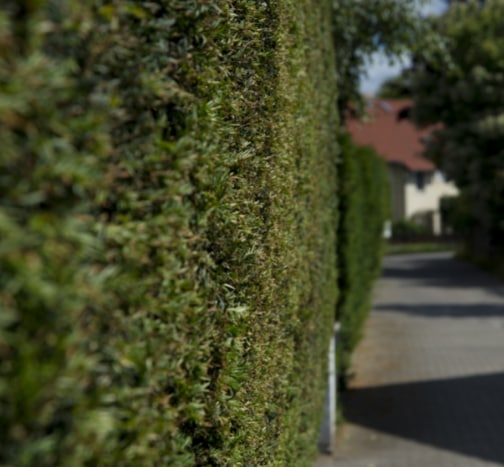
Introduction: Pruning is a fundamental aspect of tree care, essential for promoting tree health, safety, and aesthetics. However, the timing of your pruning efforts can greatly impact the outcome. Each season offers unique advantages and challenges for tree pruning. In this blog post, we’ll explore the best practices for tree pruning in spring, summer, fall, and winter to help you make informed decisions for your trees.
Spring Pruning:
- Ideal Time:
- Early spring, just before new growth begins, is an excellent time for pruning.
- Prune before buds break, as it reduces the risk of disease transmission.
- Benefits:
- Promotes healthy growth by removing dead or weak branches.
- Allows for easier inspection of the tree’s structure without leaves.
- Encourages vigorous spring growth.
- What to Prune:
- Dead or diseased branches.
- Suckers and water sprouts.
- Shape and thin young trees.
Summer Pruning:
- Ideal Time:
- Summer is suitable for light pruning, primarily to maintain shape and remove small defects.
- Avoid heavy pruning in mid-summer as it can stress the tree.
- Benefits:
- Helps control size and shape.
- Removes crossed or rubbing branches.
- Enhances air circulation.
- What to Prune:
- Remove water sprouts and suckers.
- Trim back overgrown branches.
- Deadhead flowering trees to encourage new blooms.
Fall Pruning:
- Ideal Time:
- Early fall is ideal for most pruning tasks.
- Avoid late fall pruning, as it may stimulate new growth that won’t have time to harden before winter.
- Benefits:
- Prepare the tree for winter by removing dead or weak branches.
- Reduces the risk of disease transmission when leaves have fallen.
- What to Prune:
- Dead or diseased branches.
- Correct structural issues.
- Shape and thin deciduous trees.
Winter Pruning:
- Ideal Time:
- The best time for major pruning is late winter, when the tree is dormant and before new growth begins.
- Avoid pruning during freezing temperatures.
- Benefits:
- Promotes strong spring growth.
- Enhances tree structure.
- Allows for easy visibility of the tree’s shape.
- What to Prune:
- Structural pruning for young trees.
- Remove dead or hazardous branches.
- Thinning to reduce density.
Conclusion: Tree pruning is a year-round task, offering specific advantages each season. By understanding the optimal times for pruning and what to focus on during each season, you can ensure your trees remain healthy, beautiful, and safe year after year. If you’re unsure about the best pruning practices for your trees, consider consulting a professional arborist to provide expert guidance and care.
Call us on: 01323 921097
Click here to find out more about Eastbourne Tree Care
Click here to complete our contact form and see how we can help with your tree’s needs.